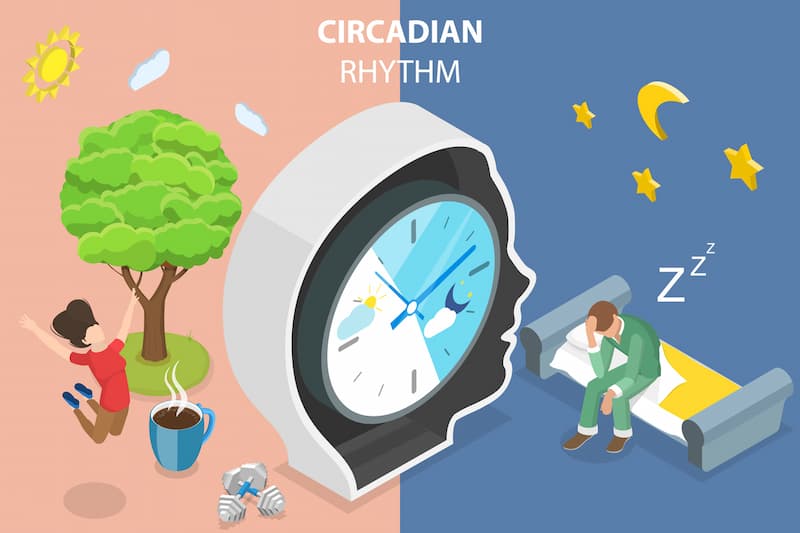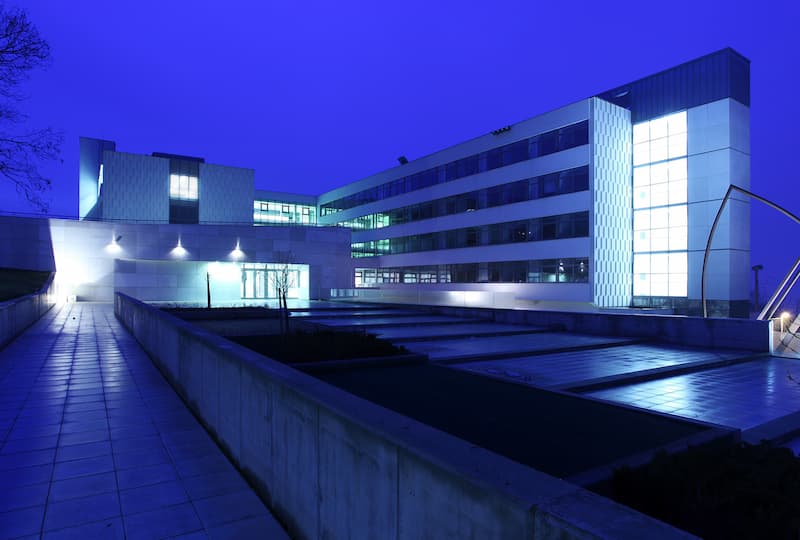Healthcare environments such as doctors’ surgeries and hospital wards must provide an optimal setting to support patient recovery. One crucial aspect of this is effective lighting in healthcare, which can significantly influence both patient well-being and staff performance.
Dynamic lighting, designed to mimic natural daylight, plays a critical role in maintaining the mental and physical well-being of individuals within healthcare settings. By adjusting light intensity and colour temperature throughout the day, dynamic lighting supports the body's natural circadian rhythm, essential for regulating sleep and recovery.

Circadian rhythm is a 24-hour internal process that regulates the physical and mental functions of all living organisms, including humans. It is also closely aligned with the natural day-night cycle, influencing the sleep-wake cycle, hormone production, and metabolism. Proper lighting conditions can support this rhythm, enhancing overall well-being, while improper lighting can disrupt it.

Human-centric lighting systems are designed to support circadian rhythms, making sure that indoor environments do not adversely affect long-term mental and physical health. These systems often incorporate LEDs that emit light in the blue spectrum, which stimulates melanopsin in the retina. This stimulation is crucial for regulating sleep-wake cycles and other physiological processes.
Effective human-centric lighting systems rely on LEDs that not only include sufficient blue light but also balance red, green, and blue light for optimal colour rendering. Poor colour rendering in lighting can cause visual discomfort and eye strain, negatively impacting patient and staff well-being within healthcare.

Tunable white LED lighting allows for the adjustment of colour temperature to meet specific needs, making it particularly beneficial in healthcare settings. These systems offer excellent control and are cost-effective, contributing to the overall health of patients and staff. Furthermore, our experience with tunable white LEDs in various healthcare environments has demonstrated significant improvements in health outcomes.
LEDs play a crucial role in medical diagnostics by emitting specific wavelengths that uniquely interact with biological tissues. For instance, in photodiagnosis, LEDs can help detect skin conditions like acne and precancerous growths. In phototherapy, UV LEDs treat conditions such as psoriasis and eczema. Near-infrared (NIR) LEDs are used in NIR spectroscopy for monitoring blood glucose levels and other metabolic processes.
LED lighting has also shown promise in supporting patients with dementia. A study in America demonstrated that bright light therapy could help regulate circadian rhythms in dementia patients, reducing restlessness and improving sleep quality.
LEDs are energy-efficient, reliable, and require less maintenance, making them ideal for healthcare facilities that operate 24/7. They provide a supportive environment for both patients and staff while consuming less energy. Learn more about the energy efficiency of LEDs from us here.
Forge is one of the UK’s premier LED light manufacturers, offering top-tier LED solutions for various industries globally. Our team of experts delivers world-class LED design and manufacturing, ensuring you receive the perfect lighting system for your needs. Contact us today to discuss your next project.
External Sources:


